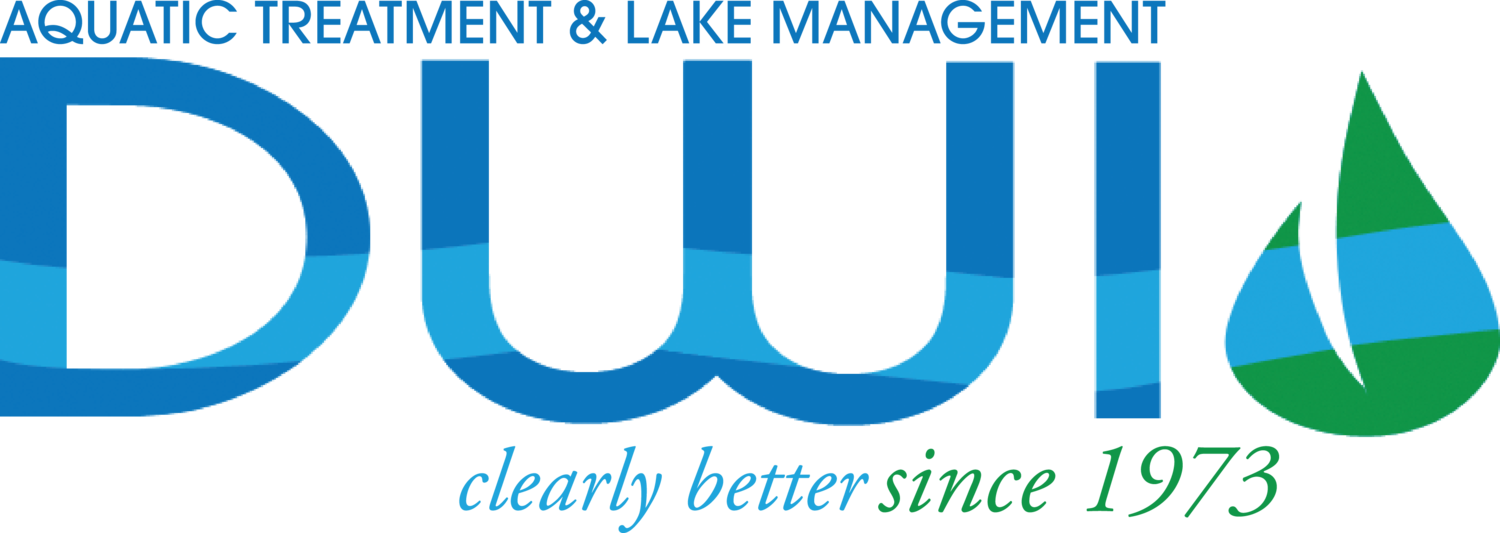By Patrick Simmsgeiger, Founder of DWI
There is nothing more relaxing and beautiful than enjoying a pristine lake or pond on a bright summers day. Early spring is the time to head off unpleasant, summer surprises by investing in the health of your water ecosystem.
During the winter, cold weather slows the natural breakdown of biological materials and nature falls behind in her work. When the warmer months arrive, excess contamination begins to take its toll. Organisms charged with cleaning up this mess now have to compete with fish and plant life for smaller amounts of oxygen. Add to that unbalanced pH, and it’s even harder to get the job done.
Winter and fall events can trigger the growth of unwanted algae, weeds, and produce unnatural odors. Rainfall causes runoffs which deposit fertilizers and unwanted elements into the water. The most common fertilizers are forms of nitrates used to encourage plant growth in cooler months, these combined with warmer days, will boost the growth of unwanted algae blooms and aquatic weeds.
What you can’t see represents a real threat to the health of your lake or pond. Planning to take a course of action in the spring is essential for the health and enjoyment of this natural gift.
Heading Off Disaster
Before the summer heat arrives and shifts unwanted marine growth into overdrive, plan to address these critical aspects of your water’s ecosystem.
Reduce suspended waste
Balance the pH level
Check circulation
Address depth issues
To reduce suspended waste use filtration or chemical treatment
Filtration sends lake water through a cleansing process that removes unwanted particles. It also offers the important benefit of helping to circulate the water which is vital to proper oxygen levels.
Chemical treatments are best left to professionals trained to accurately determine proper ratios. The right product and amount will get the job done while protecting the health of the ecosystem.
Balancing pH
Checking and restoring the proper pH level is very important. pH represents the Hydrogen measurement present in the water. It is affected by the balance of alkaline and acidity which changes depending on organic materials introduced into the system. Things like tree leaves and rain can be acidic while a limestone deposit nearby can increase the alkaline levels. A proper pH of 7.0 is needed to assure that helpful organisms function at their best.
Circulation
Circulation requirements are based on the depth and size of the body of water. Keeping the currents moving will evenly distribute oxygen, a key element for a healthy system. Waterfalls, fountains, and systems that inject air into the water are all possible solutions if circulation is lacking.
Lake Depth
Lake depth is primarily determined in the design stage. A lake should be deep enough to prevent sunlight from assisting the growth of bottom rooted weeds. Lakes that are too shallow may require dyes to limit sun penetration. Too deep, and your lake or pond may trap oxygen in the colder, deeper waters. Proper circulation will aid in even distribution of oxygen levels.
Make sure your lake or pond will thrive throughout the summer months and remain a beautiful landscape feature. Follow the simple yet crucial steps above before summer arrives.



